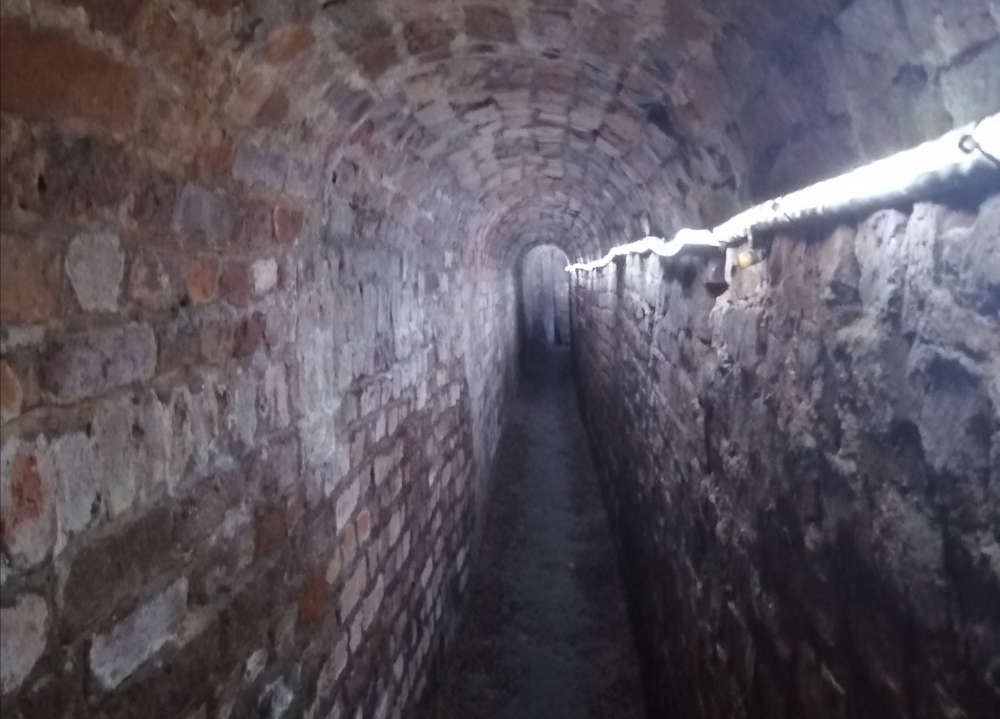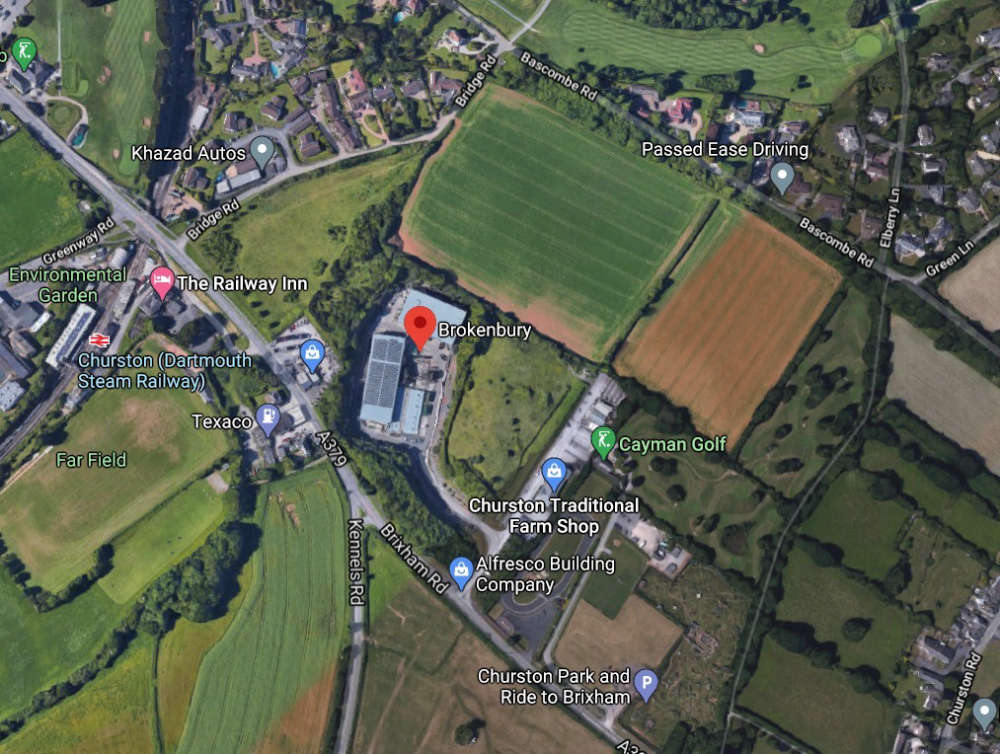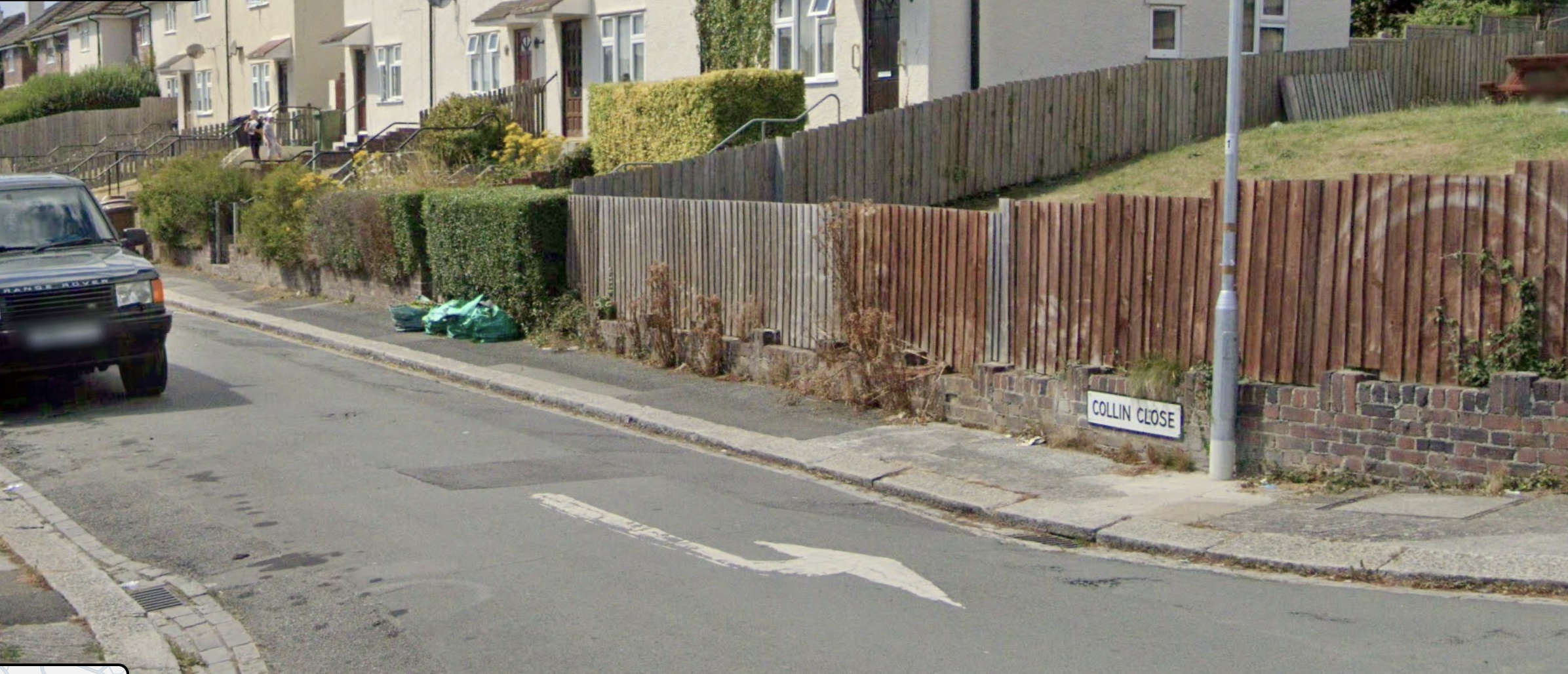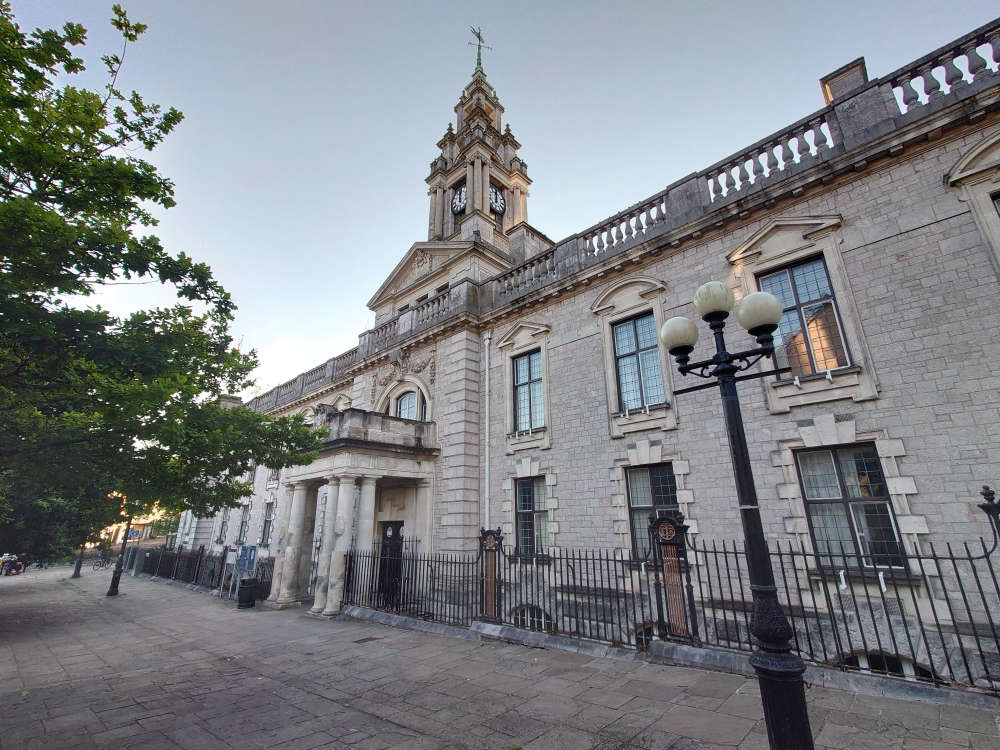
700-year old attraction fascinates visitors
Alfie Richardson reports.
After two years of closure due to covid, Exeter's Underground Passages have re-opened.
The passages have been a staple tourist attraction in the city centre since 1933, and are still drawing in crowds.
The historical attraction offers a guided tour through tunnels under the city centre, and in some parts date back to the 1340s, when they were used to supply water to the city. They provide a glimpse into the lives of people in Exeter through varying times in the past.
As you enter the building and head down the stairs, a model of a 14th century villager greets you, introduces himself as Luke, and points you in the right direction.
A life-sized model of a section of the passages greets you before you start the tour , along with some interactive historical pieces to entertain you. These pieces tell the history of both the passages themselves, and the whole city.
Tour guide Helen Smith said: "Initially we believe they built a chamber to look after a lead water pipe that was going underneath the cities defensive walls.
"We have two systems here, the first one from the 1340s was made by the cathedral, who owned a well outside the city and wanted the water to get to the cathedral. Later on in 1492, the cities rich merchants decided to build their own passages. They also had a well outside the city, and brought their water to what was called the great conduit, which was a large water fountain at what is now the crossroads between the High Street, Fore Street, South Street and North Street"
The civil war caused a section of the passages to be blocked off and filled in during the 17th century, because of fears the tunnels could be exploited by the military as a way of entering the city. They were reopened again after the war ended.
The 19th century saw yet more change, a widespread outbreak of cholera highlighted health concerns which resulted in the water system being redesigned in 1832. This replaced the old lead pipes with cast iron ones, and the passages were levelled out to improve water flow and reduce the build-up of stagnant, disease-harbouring water, which was causing illness throughout Exeter.
The tunnels eventually became neglected and unused after damage was suffered during the construction of Exeter’s railway in 1857. After a period of inactivity, interest surrounding the underground passages returned in the 1930s in the form of guided visitor tours. The tunnels were supposedly used as air raid shelters during the bombings in WWII, but there is no proof to support this claim. Whether people actually took refuge in the passages during the war is steeped in mystery.
The passages are perfect for a family outing, as kids seem to love the tunnels. One young boy said his favourite part was "when I had to really duck down into low crawl spaces", whereas another loved the historical aspect of the attraction. The fake skeleton tactfully placed at the end of one of the passages was also a crowd favourite.
Exeter is the only city in the UK to have underground passages with guided tours, so this is your only chance to see anything like this. They are open all year round from 11am-4pm, with the last tour starting at 3pm. Adults cost £7.50, children £5 and a whole family is only £22. Find out more at https://exeter.gov.uk/leisure-and-culture/our-attractions/underground-passages/visitor-information/.
 Petition launched to save Paignton ambulance station
Petition launched to save Paignton ambulance station
 Official challenge to Torbay solar farm project
Official challenge to Torbay solar farm project
 Two people injured in suspected Plymouth stabbing
Two people injured in suspected Plymouth stabbing
 Four councillors banned from council tax debates
Four councillors banned from council tax debates
 Video shows Devon biker causing horrific crash
Video shows Devon biker causing horrific crash
 Murder charge after Kingsbridge crash
Murder charge after Kingsbridge crash
